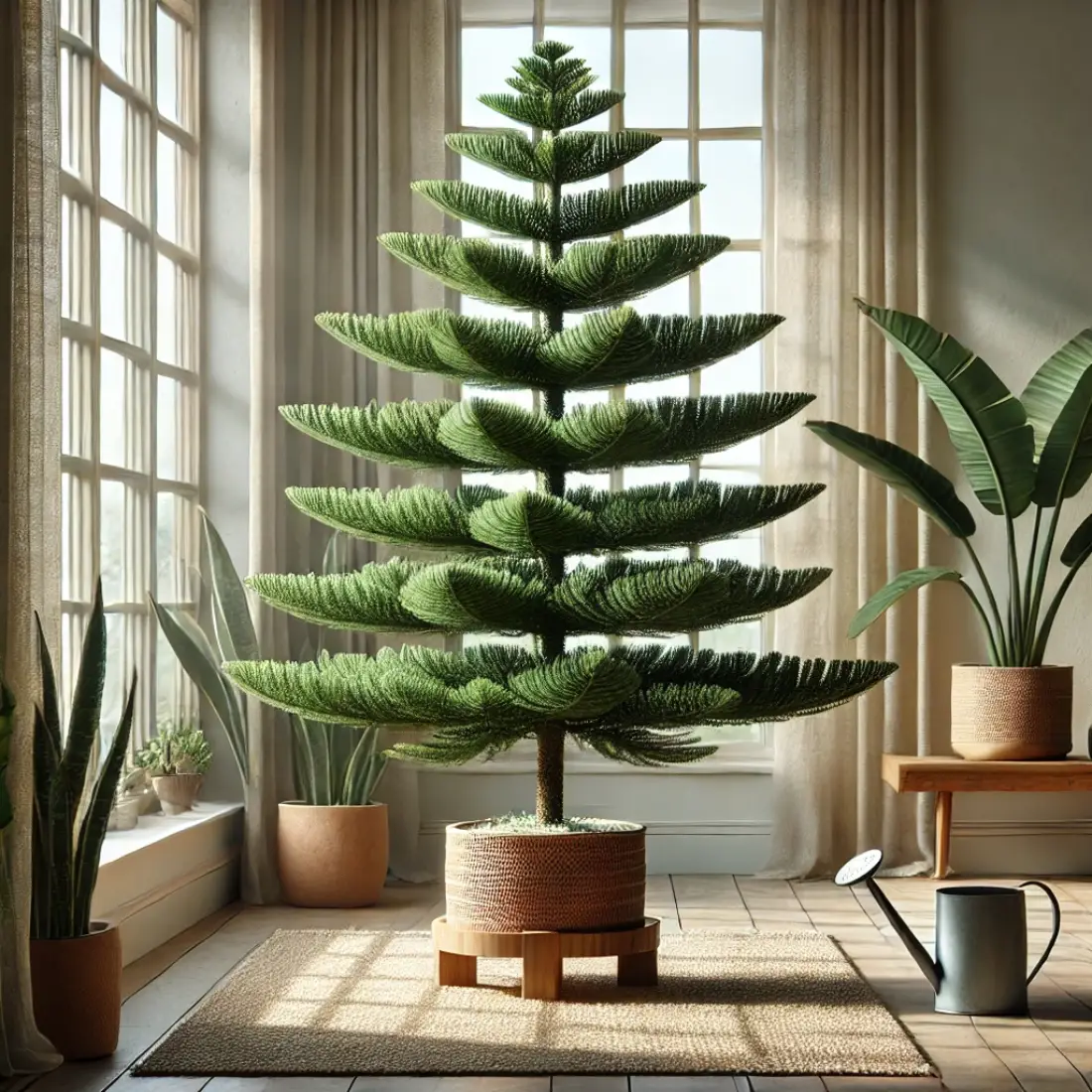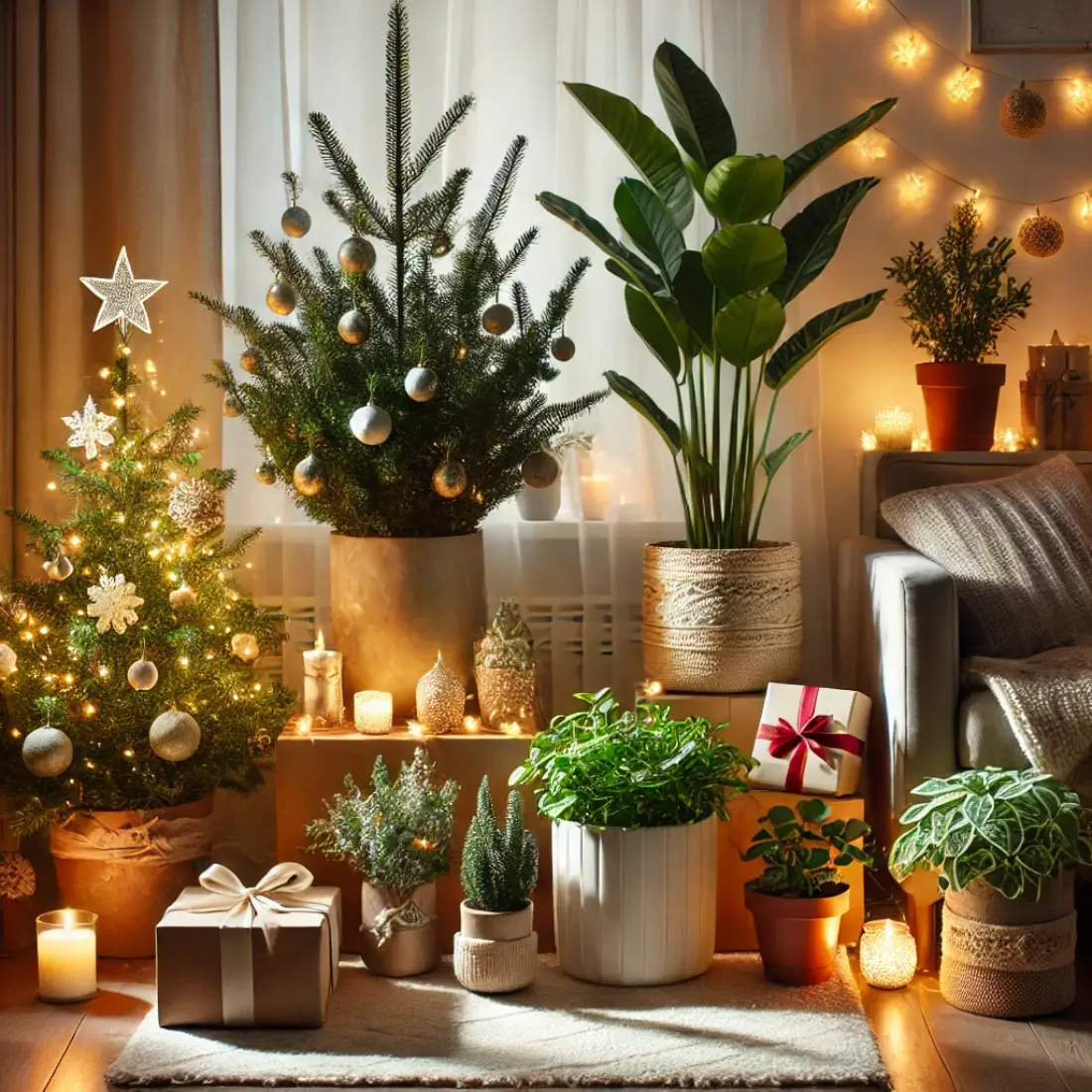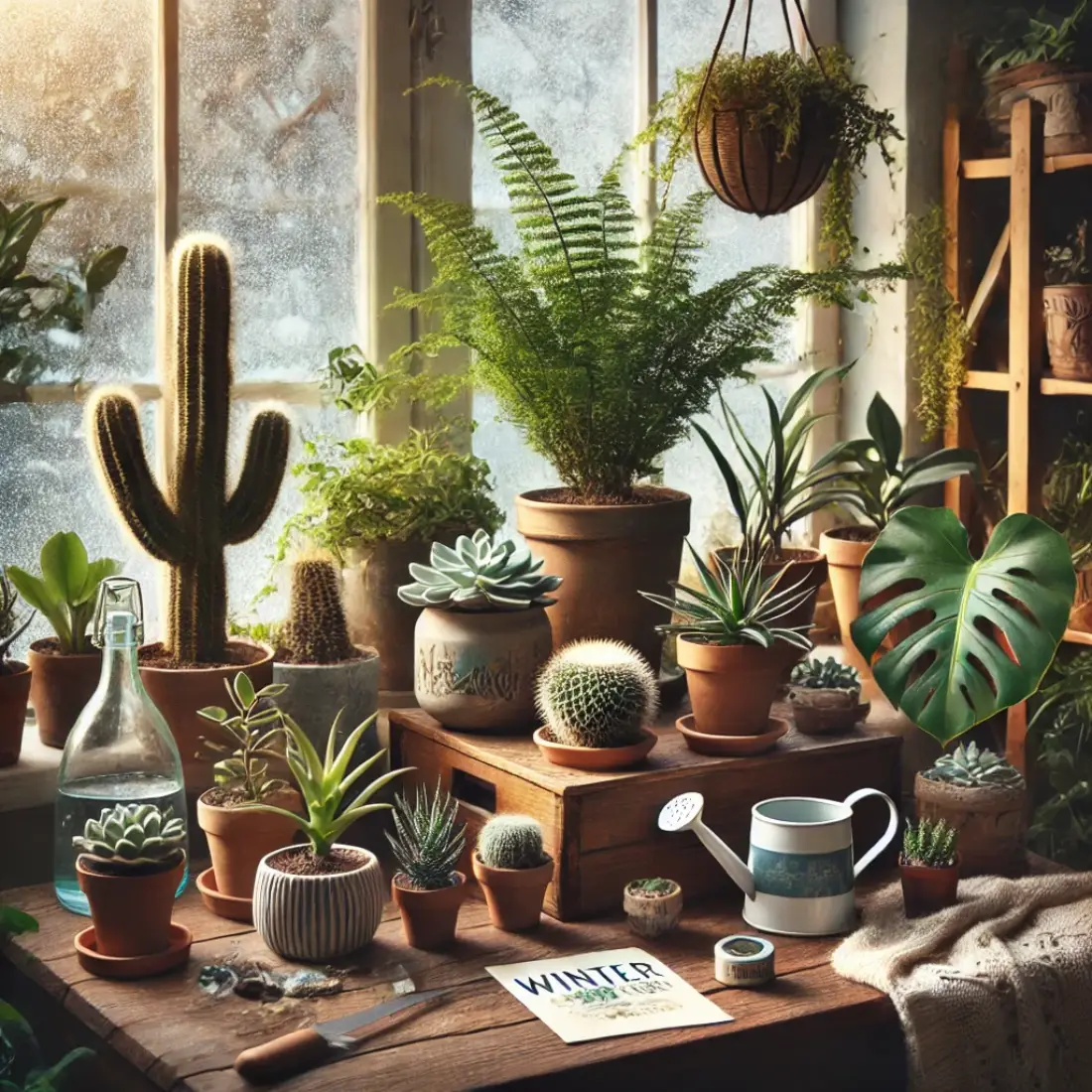The Norfolk Island Pine (Araucaria heterophylla) is a stunning evergreen, prized for its symmetrical branches and soft, needle-like foliage. While often mistaken for a traditional pine tree, it’s actually a tropical plant that thrives in indoor settings.
Caring for a potted Norfolk Island Pine organically ensures its health and your home’s sustainability. In this guide, we’ll show you how to maintain its beauty naturally, covering everything from light and water to repotting and organic pest control.
- Bright, indirect sunlight is crucial for healthy growth.
- Keep soil moist but never waterlogged.
- High humidity is a must—regular misting helps.
- Stick to organic fertilizers like compost tea.
- Avoid harsh chemicals and opt for natural pest remedies.
The Beauty of Norfolk Island Pine
Native to Norfolk Island in the South Pacific, this plant can grow up to 200 feet in its natural habitat. Indoors, however, it stays compact, usually reaching between 3 to 8 feet. Its elegant, symmetrical shape makes it a favorite for holiday decorations or as a year-round centerpiece.
Fun fact: The Norfolk Island Pine isn’t a true pine—it’s more closely related to ancient conifers!
Optimal Growing Conditions
Provide the Right Light
Bright, indirect sunlight is ideal for your Norfolk Island Pine. Direct sunlight can scorch its delicate needles, while low light can lead to leggy, uneven growth. Rotate the plant occasionally to ensure all sides receive equal light exposure.
Organic Tip: Place your plant near an east-facing window to mimic natural light cycles.
Maintain Perfect Humidity
This tropical beauty thrives in high humidity. Indoor air, especially during winter, can be dry, so increasing humidity is vital.
- Mist the plant with water daily.
- Use a pebble tray filled with water under the pot.
- Group it with other plants to create a humid microclimate.
Watering and Soil Needs
Water Consistently
Water when the top inch of soil feels dry. Avoid overwatering, which can lead to root rot. Conversely, letting the soil dry out too much can cause needle browning.
Organic Watering Tip: Collect rainwater for your Norfolk Island Pine. It’s free of chemicals like chlorine, often found in tap water.
Choose the Right Soil
The soil should be well-draining and slightly acidic. A mix of organic potting soil, sand, and perlite works well.
DIY Soil Mix: Combine equal parts organic potting soil, coconut coir, and perlite. Add a handful of compost for nutrients.
Natural Fertilization Practices
Feed your plant during its active growing season (spring and summer). Opt for organic fertilizers that enrich the soil naturally.
- Use compost tea once a month.
- Apply diluted fish emulsion for added nutrients.
- Incorporate worm castings into the topsoil for a slow-release boost.
Pruning and Repotting
Prune with Care
Trim away any yellowing or dead branches to maintain its symmetrical shape. Avoid cutting the central leader (the main vertical branch) to preserve its iconic form.
Repot as Needed
Repot every 2-4 years or when the roots become crowded. Choose a pot 2 inches larger than the current one to allow for growth.
Organic Repotting Tip: Always sterilize pots and tools using boiling water to prevent transferring diseases.
Common Issues and Organic Solutions
Browning Tips
If your tree’s tips turn brown, it’s often due to low humidity or inconsistent watering. Increase misting and ensure the soil stays moist but not soggy.
Pest Control
Common pests include spider mites and scale insects. Treat infestations naturally:
- Wipe down leaves with a mix of neem oil and water.
- Use a spray of soapy water to eliminate pests.
- Introduce ladybugs to your indoor garden—they’re natural predators of harmful insects.
Seasonal Care Tips
Winter
Reduce watering slightly as growth slows down, but maintain humidity. Keep the plant away from cold drafts and heating vents.
Summer
Water more frequently, as higher temperatures can dry the soil quickly. If you move your plant outdoors, ensure it’s in partial shade.
FAQs About Norfolk Island Pine Care
Can Norfolk Island Pine be placed outdoors?
Yes, but only in temperatures above 50°F (10°C). Place it in a shaded area, and bring it indoors before the temperature drops.
Is the Norfolk Island Pine safe for pets?
Generally, it’s considered non-toxic, but keep it out of reach to prevent chewing on the needles.
How fast does it grow indoors?
Growth is slow, averaging 3-6 inches per year under optimal conditions.










